
Homemade ravioli


Tired of eating the same old pasta, loaded with sauces? Try homemade ravioli instead. It is Italian cuisine and serves as a way out for pasta. Homemade ravioli is healthier and tastier when compared with pasta. It is served with a sauce or in a broth. It comprises of a delectable filling enveloped inside thin pasta sheets or dough. The filling inside the pasta sheets makes this recipe so interesti ... ng and appealing. Ravioli are usually square-shaped but are made in other shapes also, like semi-circular and circular. The most common homemade ravioli fillings are vegetables, meat or cheese. But it varies according to the part of the world it is being prepared in. Even the sauces and serving style varies accordingly. Figuring out how to make homemade ravioli healthy? To prepare a healthier version of this dish, we would suggest you to choose the filling wisely to turn down the homemade ravioli calories. Also, the ingredients should not bother you, as they are easily available in a supermarket near you. To make it even easier, we have attached a homemade ravioli video with description. Homemade Ravioli generally serves as the main course but you can munch it as a snack or even as an appetizer. It can be consumed during any time of the day. Also, you can easily serve the same recipe to your child without making any major changes. Of course, you can be little-bit easy on spices while serving it to your child.
Ingredients
Dry Grocery
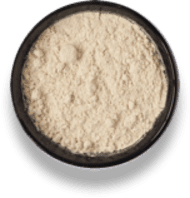
Atta
250 g
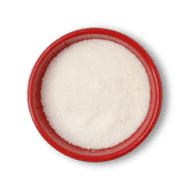
Salt
1 teaspoon
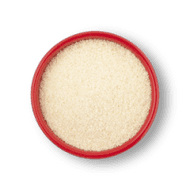
Rava Sooji
0.5 cups
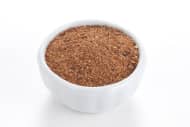
Nutmeg Powder
0.25 teaspoons

Red Chilli Flakes
1 teaspoon
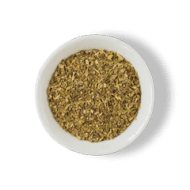
Oregano Herbs
1 teaspoon
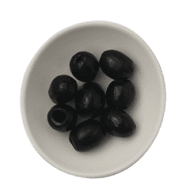
Black Pitted Olives
6 pieces
Fruits & Vegetables

Spinach W/o Roots
1 bunch

Tomato
5 units

Basil
5 pieces
Dairy
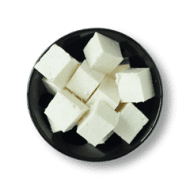
Paneer
0.5 cups
Other

Olive Oil
3 teaspoons
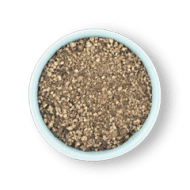
Pepper
1 teaspoon
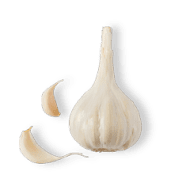
Garlic
12 pieces

Water
500 ml
Success!
We hope you had fun making it! Enjoy the meal.


